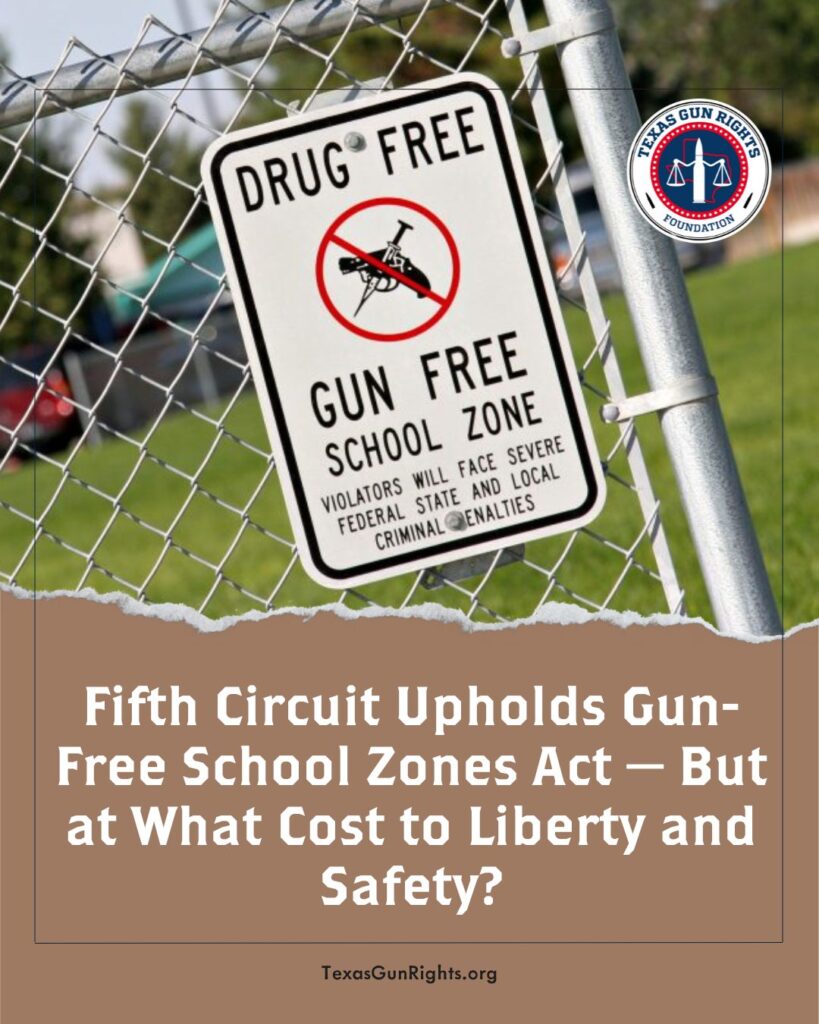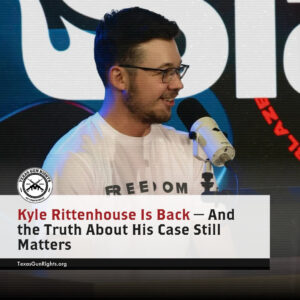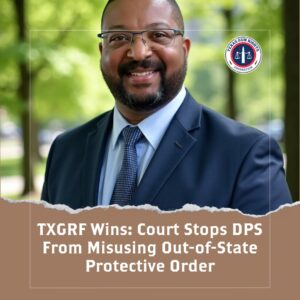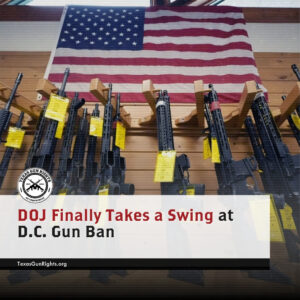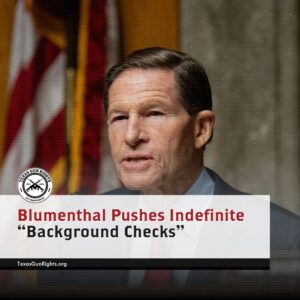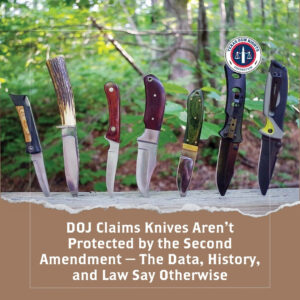In a blow to Second Amendment advocates, the Fifth Circuit Court of Appeals has upheld the constitutionality of the Gun-Free School Zones Act (GFSZA) in a ruling that raises as many questions as it answers.
The case stemmed from the arrest of Ahmed Adballa Allam, a New York man found with a legally purchased AR-15 rifle parked just 40 feet from a Texas school. Despite no shots fired and the rifle locked in its box, Allam was charged under 18 U.S.C. § 922(q)(2)(A) — the 1990 law that prohibits possession of a firearm within 1,000 feet of school property.
From “Unprecedented Societal Concern” to New Loopholes in Liberty
The court relied heavily on the Supreme Court’s recent Rahimi decision, using the government’s interest in preventing school shootings to justify creating a de facto buffer zone that lacks historical precedent.
They leaned on the notion of “unprecedented societal concerns” to allow infringements on constitutional rights that wouldn’t have passed muster under a strict Bruen historical test.
Shockingly, to support this ruling, the court even cited the 14th-century Statute of Northampton, despite its irrelevance to schools or American jurisprudence. It’s a troubling precedent that allows judges to pick and choose obscure analogues to support gun control in the name of public safety.
The court essentially manufactured a “buffer zone” exception to the Second Amendment — a concept not found anywhere in the Founders’ writings or early American law.
The Delaware Constitution of 1776 is the only remotely similar example cited, which temporarily banned military units (not individuals) from carrying arms near polling stations — and that rule was repealed just a year after the Second Amendment was ratified.
The “Gun-Free Zone” Myth: A Statistical Death Trap
While courts uphold these laws as necessary safety measures, the data paint a different — and disturbing — picture. According to Crime Prevention Research Center (CPRC) data:
94% of mass public shootings since 1950 have occurred in so-called “gun-free zones.”
That’s because gun-free zones don’t deter criminals — they attract them. These areas disarm law-abiding citizens while advertising to would-be attackers that no one will shoot back. They are better described as “sitting duck zones.”
Shooters from Columbine to Uvalde have explicitly chosen gun-free locations, knowing they’ll face no immediate armed resistance. The fact that judges ignore these statistics in favor of speculative future harms shows how disconnected the judiciary has become from real-world safety.
An Unsympathetic Defendant Sets a Dangerous Precedent
The Allam case is particularly dangerous because it features an erratic, unsympathetic defendant. Police reportedly found jihadist-themed messages in his texts and were concerned about his behavior near both a school and a synagogue.
But that’s precisely the problem — bad facts make bad law. The court didn’t just affirm the law “as applied” to Allam; it validated the broader constitutionality of the GFSZA under modern “safety” rationale that could easily expand into other public spaces.
What happens when similar reasoning is applied to parks? Churches? Shopping malls? The list of potential “sensitive places” is endless.
The Cultural and Legal Ramifications
The decision marks another instance where courts have begun retreating from the Bruen standard, undermining the originalist logic that requires gun laws to be rooted in historical tradition. Instead, we’re seeing a dangerous trend where courts cite modern fears, rather than Founding-era principles, to restrict rights.
If upheld long-term, this decision could embolden lawmakers to expand gun-free zones even further — despite overwhelming evidence that these zones do not prevent violence and instead leave innocents defenseless.
The Illusion of Safety at the Expense of Rights
The Fifth Circuit’s decision sends a chilling message: Public panic can justify the erosion of fundamental rights — even when the data contradict the narrative. Gun-free zones are statistically ineffective and constitutionally suspect.
And yet, with one ruling, the Fifth Circuit has created an enormous exception to the Second Amendment.
The answer is not to disarm the public but to empower them. Real safety comes from the presence of responsible armed citizens — not signs that declare “no guns allowed.” We’ve tried that route, and it has failed.
Gun owners — and voters — must pay attention to these rulings. Today it’s a school zone. Tomorrow, it could be your neighborhood.

